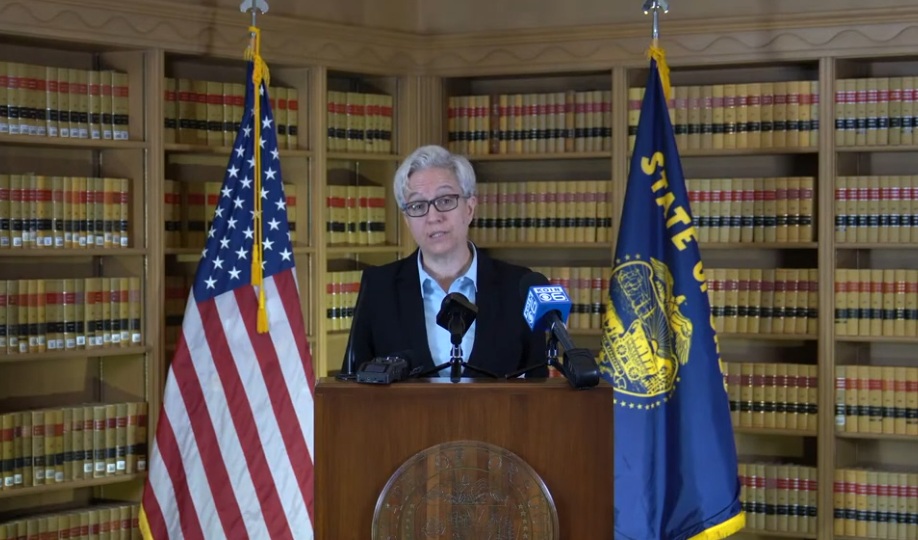
Governor’s Executive Order on Working Lands
By Oregonians for Food and Shelter,
Yesterday, Governor Kotek issued Executive Order 25-26, which directs Oregon’s natural-resource agencies to take coordinated action to strengthen the resilience of Oregon’s natural and working lands and waters in response to climate change. The order tasks the Oregon Watershed Enhancement Board (OWEB) and Oregon Department of Fish and Wildlife (ODFW) with leading development of “resilience attributes” to guide conservation and restoration priorities. Other agencies, including the Departments of Agriculture (ODA), Forestry (ODF), and Environmental Quality (DEQ), must align their programs and performance measures with these statewide goals and report progress through biennial plans.
A key component of the order is a “10 by 10” initiative, which sets a goal to protect, conserve, connect, or restore 10% of Oregon’s lands and waters by 2035, using 2025 as a baseline. This could have broad impacts to agricultural and forestland operations and associated agency programs and permits, potentially influencing land use decisions and management practices. Notably, the order does not allocate new funding, it instead challenges agencies to reallocate existing resources toward these new goals.
The lack of outreach and engagement with natural resource industries and the business sector ahead of the Executive Order being issued has led to questions and confusion, and it remains unclear what opportunities or challenges this will pose for agricultural and timber operations. The “10 percent” goal could significantly influence land-use and funding priorities, and producers will likely see shifts in how agencies like ODA, ODF, and DEQ structure their grants, permitting, and other initiatives as climate-resilience metrics become part of agency planning and evaluation. OFS will continue to engage with the Governor’s staff around recognition for existing practices – which already sustain the resilient natural resource sector we have in this state – and to ensure that the extremely limited state resources currently available to support food and fiber producers continue to be available to meet critical industry needs and priorities.
Disclaimer: Articles featured on Oregon Report are the creation, responsibility and opinion of the authoring individual or organization which is featured at the top of every article.

